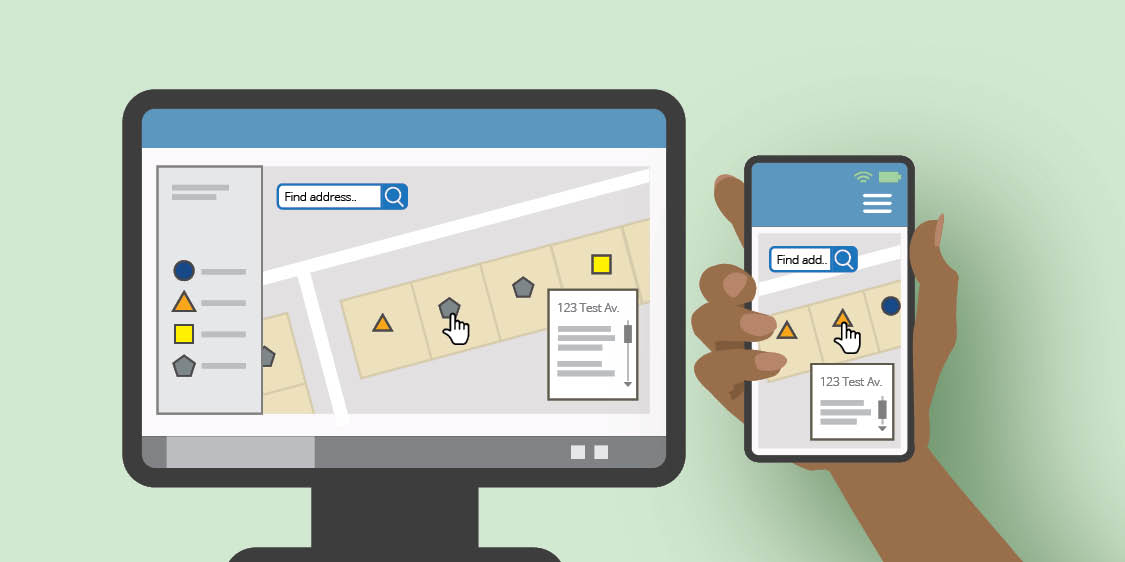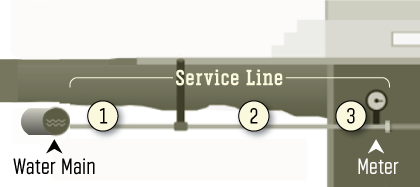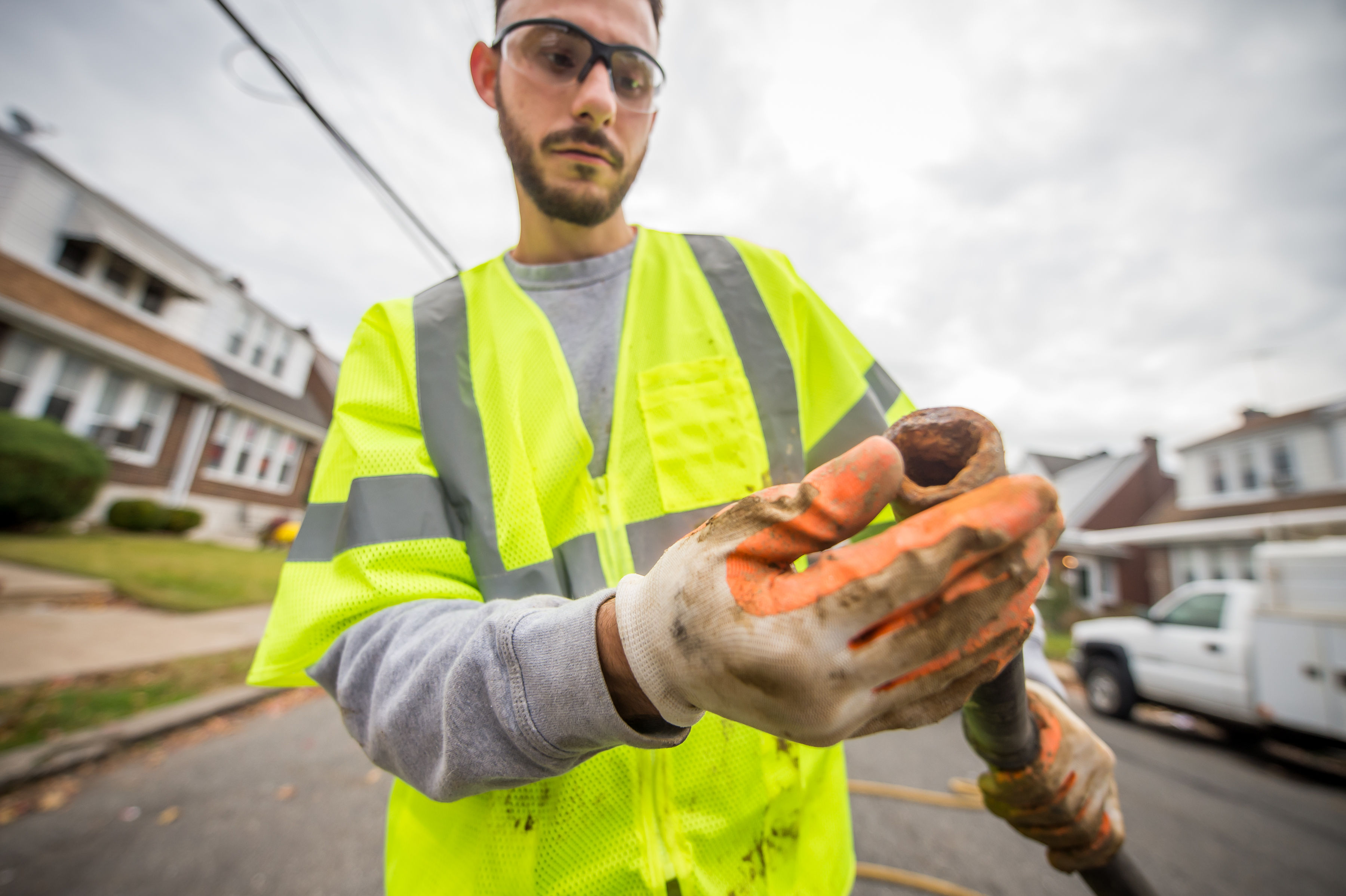The Philadelphia Water Department (PWD) has just launched a new online map showing our records of water service line materials for every property in Philadelphia.
While this new map is mandated by federal law, we are working to make this new tool as useful as possible for our customers.
The new laws apply to every water system in the nation. Sharing these records is a key step in this important effort to help remove lead service lines from properties. We estimate about 1 in 20 Philadelphia properties, or 5 percent, may have a lead service line.
Residential service lines are the responsibility of the property owner.
Visit the map to see our records for your service line

The map and related web pages contain descriptions of materials and guidance for what residents should do based on their categorization.
The records are compiled from multiple sources. Sources include historical records, field inspections, permits, and material tests of one point of the service line during meter upgrades or conservation assistance. We have limited historical records because the City does not own these lines.
These records will be updated over time as we gather additional information.
Materials for each property are categorized as:
- Non-Lead (copper or plastic)
- Lead
- Galvanized Iron or Steel (which also require replacement – they can corrode and decrease water quality)
- Unknown

To categorize a service line, we’re required to identify material at three points:
- Material between main and curb stop (underground)
- Material between curb stop and meter (underground)
- Material at meter (in home)
Based on the three points, PWD provides an overall categorization for each property.
Unknown Materials
The majority of service lines are currently categorized as “unknown.” PWD recently checked materials at meters across the city as part of meter upgrade work. Even with this new information, we can’t categorize a line as “non-lead” without records for buried portions. Digging up most of the city’s streets and sidewalks to check the buried section is costly and disruptive. PWD has been testing emerging technologies to help categorize more service lines. Our goal is to reduce the number of unknowns over time.
In Philadelphia, lead exposure is associated with lead paint and dust, and plumbing is not a common source.
Lead sampling data is published in the latest Drinking Water Quality Report.
Next Steps and What Customers Can Do
In November, PWD will send letters to residents and property owners notifying them of existing records for service line materials. Because of the new requirement, these letters will be sent annually. Letters include background on regulations, information on materials, and actions to take. Actions to take are guided by each property’s service line material.
PWD offers the following suggestions to its customers:
-
- Whether your property has lead pipes or does not, residents should regularly flush their pipes by running cold water from your tap for three to five minutes in the morning or after water hasn’t been used in six hours. This helps ensure fresh water from the public system, which does not contain lead.
- You can report updated information about your service line back to us. If you have had your service line replaced, checked the material at your meter, or believe our records are incorrect: Report your service line material
- Residents can get their tap water tested. PWD offers testing for residential customers with service lines categorized as lead. Call (215) 685-6300 to let us know if you want a tap water test.

- You can replace your lead service line! PWD offers a zero-interest loan for customers interested in replacing a lead service line. For more information about how the Homeowner’s Emergency Loan Program (HELP) can finance the replacement of residential lead service lines, visit: water.phila.gov/HELP
PWD also offers to replace lead service lines during planned water main water main construction work. PWD notifies residents by letter several months before work is scheduled to begin. Customers must sign the permission forms.